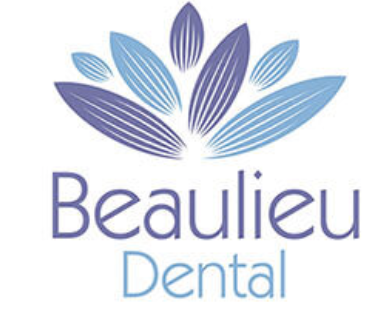Having a tooth extraction can feel intimidating, but tooth extraction is a very common dental procedure. Whether it’s due to a decayed or damaged tooth, orthodontic needs, or wisdom teeth removal, taking good care of yourself after a tooth extraction is essential to avoid complications and promote optimal healing. In this guide, we share key tooth extraction aftercare tips to ensure you have a smooth recovery.
1. Follow your dentist’s instructions
Immediately after a tooth extraction, your body begins the process of healing, forming a blood clot in the socket to protect the exposed bone and nerve endings. At Beaulieu Dental, our dentists will give you detailed aftercare instructions, which is important to follow in order to avoid complications and ensure a smooth healing process.
These instructions may include information on managing bleeding, swelling and pain during the first 24 hours, as well as dietary restrictions and resting advice. Make sure to follow them and call us if you have any questions.
2. Manage bleeding after extraction
After a tooth extraction, bleeding is normal as the body intiates a clotting mechanism to protect the exposed bones and nerves and form a new tissue. Bleeding will g gradually diminish within the first few hours after the procedure.
Your dentist will place gauze over the extraction site, and you should bite down gently for about 30 minutes after the procedure. Avoid rinsing your mouth as best you can and avoid spitting within the first hours as you may dislodge the clot.
In rare cases, if the clot does not form or becomes dislodged, the bleeding continues. This condition is known as “dry socket”, and to avoid it make sure not to use straws, avoid smoking and brush the nearby area of the tooth.
3. Control pain and swelling
Pain and swelling are common after tooth extraction and usually peak around 24–48 hours post-procedure. Here are some ways to manage them:
- Apply Cold Compresses: Use an ice pack on the cheek nearest the extraction site to reduce swelling. Apply for 15–20 minutes every hour during the first 24 hours.
- Take Pain Relievers as Directed: Over-the-counter pain relief, such as ibuprofen, can be effective, but since our bodies process medicines differently, you should always follow your dentist’s recommendations.
5. Opt for a soft-food diet
What you eat after a tooth extraction can greatly impact your recovery. You may feel that it is difficult to eat specific foods, so we recommend a soft-food diet, especially in the first few days, such as yoghurt, mashed potatoes, smoothies (but don’t use straws), ice cream and scrambled eggs. Avoid hard, crunchy, or sticky foods that may irritate the area, which should be avoided until you’re fully healed.
You should also avoid caffeine, carbonation, alcohol, and hot beverages, along with spicy and acidic foods. Stay away from foods with seeds as they can get stuck in the wound area.
6. Brush your teeth after the tooth extraction
Maintaining oral hygiene after a tooth extraction is crucial, but you’ll need to adjust your routine:
- Gentle Rinsing with Salt Water: After 24 hours, you can begin gently rinsing with a warm saltwater solution. Mix ½ teaspoon of salt with a glass of warm water, and rinse 2–3 times a day to keep the extraction area clean.
- Avoid Brushing the Extraction Site Directly: For the first few days, brush your teeth as usual but be mindful to avoid the area immediately around the extraction site to prevent irritation. Once healing progresses, gradually return to your full oral care routine.
7. Allow yourself to rest and recover
Tooth extraction is a minor surgery, so giving your body time to rest and recover is essential. Avoid strenuous physical activities in the first 24 hours post-extraction, as physical exertion may cause increased bleeding. You can also sleep with your head elevated. When resting or sleeping, keep your head slightly elevated to help reduce swelling and discomfort.
8. Watch for signs of complications
Most tooth extractions heal without issues, but it’s important to monitor your symptoms. Contact your dentist if you experience any of the following:
- Severe or Worsening Pain: Persistent or intense pain may indicate a dry socket.
- Signs of Infection: Swelling, fever, or increased discomfort may signal infection.
- Prolonged Bleeding: If bleeding continues beyond the first day, consult your dentist.
In Conclusion
By following these tooth extraction aftercare guidelines, you’ll help ensure a smooth, comfortable recovery. Tooth extractions can feel overwhelming, but by focusing on proper care, you can heal faster and avoid complications. If you have any concerns during your recovery, don’t hesitate to contact Beaulieu Dental UK—we’re here to support your journey to a healthy, happy smile.


